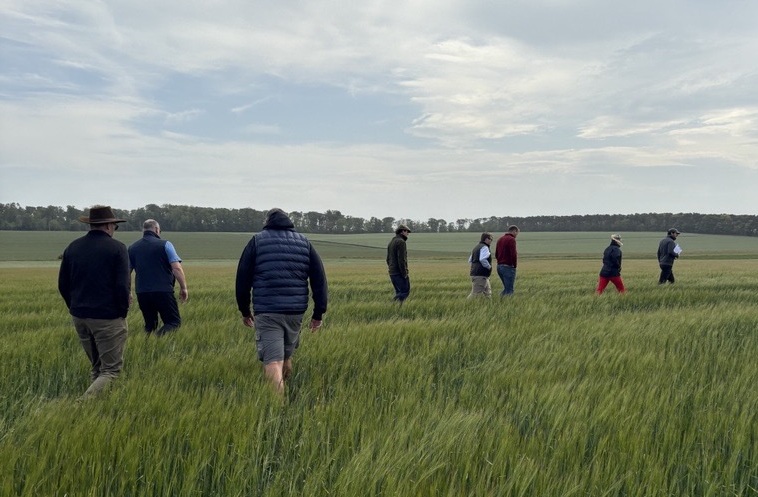
Scottish arable farmers are being urged to get a clear grip on their costs of production and cash flow after a difficult growing season left many facing tighter margins and financial pressures.
The Monitor Farm Scotland programme said a combination of poor commodity prices and weather-related problems has hit spring barley in particular.
While winter crops performed well and harvest came early, dry conditions meant some barley crops failed to meet malting quality due to high screenings and elevated nitrogen levels.
“Combined with low commodity prices, these challenges are putting further pressure on farm cash flow and raising concerns for many growers when planning for the years to come,” said Grace Reid, programme manager at Monitor Farm Scotland.
Scottish Agronomy agronomist Zach Reilly warned that many farmers now face lower incomes, or still have unsold barley in store.
“Now people are starting to look at buying spring inputs these issues will have a massive knock-on effect. The biggest problem for many will be cash flow.”
Reilly said the focus should be on what farmers can control — managing income streams, planning short-term finances and making informed decisions.
He also stressed the need to “work out your cash flow, and then look at ways to ease the pinch.” Some growers are already switching into other crops, with more oilseed rape and winter wheat being planted.
Cash flow difficulties, he noted, may delay input purchases, while the hit from barley diverted into feed rather than malting markets will carry longer-term consequences.
Help with financial planning is available through government and industry initiatives. Under the Scottish government’s FAS Specialist Advice scheme, farms can claim up to £1,600 towards business support, while AHDB’s Farmbench tool allows levy payers to benchmark their costs against peers in confidence.
Adrian James, AHDB knowledge exchange manager, said group use of Farmbench often proved most effective. “It’s a really good discussion, helps keep on top of your costs and it’s social too. You’ll usually find there are plenty of others in the same boat as you.”
James added that some farmers were now exploring alternative or niche crops that could offer better returns, but warned these options were not for everyone: “Look carefully at everything before you jump in and assess the risks.”
He also advised drawing up two-year cash flow budgets to anticipate potential “squeeze points” if prices remain depressed.
In the longer term, Reilly said improving soil health would help boost resilience to dry weather. Many spring barley crops, he explained, produced numerous tillers that failed to reach potential because of drought stress, with screenings worst on lighter soils.
“We will have weather like this again, so build resilience into soils so the water will be there for crops, whether it’s chopping straw or growing your own biomass if you can’t bring it in.”
Grace Reid echoed the need for proactive planning. “Knowing costs of production and having good insight into your cash flow situation will definitely help on-farm this year,” she said.
She urged farmers to speak early with advisers, accountants and banks if worried. “Early conversations can open up options, alleviate stress and help you plan ahead with more confidence.”
